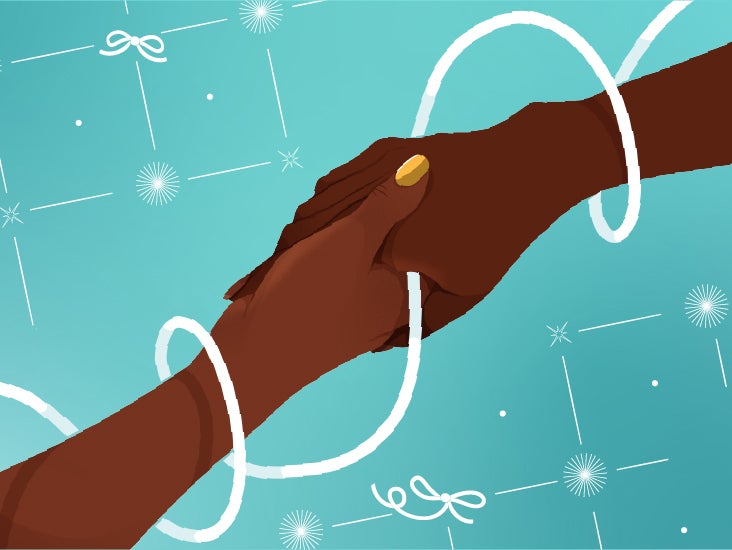
It’s a Monday morning, and I have precisely eleven items on my to-do list, each one as urgent as the other. I haven’t a clue where to begin.
Twenty minutes later, I have seven tabs open on my internet browser, an email drafted, a few notes scrawled into my agenda, and a creeping tension in my shoulder.
I feel like I’m balancing spinning plates. I can’t focus on just one, or the rest will fall. If I don’t make some adjustments fast, everything’s going to come crashing down on top of me.
Can you relate?
Luckily, I recently found a different way to approach my work that doesn’t leave me feeling scattered and overwhelmed.
It’s called “deep work.”
Deep work is when you’re fully present and immersed in the task at hand. Some people refer to it as being “in the zone” or in a state of flow. It involves being completely focused on a single activity.
In a 2012 study with 188 junior tennis players, participants rated their perceived level of flow state during their match. The group of winning athletes scored significantly higher on all but one of nine flow dimensions, showing statistically significant differences in:
- the balance between the level of challenge versus their skills
- having clear goals
- a sense of control and purpose
A 2018 research review noted that scientific literature identified a positive relationship between flow and performance, as well as artistic and scientific creativity.
“The reality is that only 2 percent of the population can actually do two cognitive tasks at the same time. They’re called ‘supertaskers,’” explains Thatcher Wine, author of “The Twelve Monotasks: Do One Thing at a Time to Do Everything Better.”
According to Wine, we can embrace deep work by giving our full concentration to one activity at a time, a concept known as “monotasking.”
“The rest of us think we can multitask, but we can’t,” says Wine. “When we try to multitask, what we are really doing is task switching.”
According to a
This constant jumping from one task to another reduces our ability to focus deeply and can result in feelings of stress and overwhelm.
Wine says we may believe we are getting loads done, but task switching actually hampers our productivity and can even lead to burnout.
In short, multitasking can result in:
- performance disruption
- increased errors
- distraction
- reduced attention span
- reduced creativity
- decreased productivity
- stress and overwhelm
Monotasking, however, encourages us to be present in one place, give our attention to what we are doing, and get into a state of deep work.
“The advantages of deep work are numerous,” says Wine. “You’ll have more fun and do everything better. You’ll be more productive, make fewer mistakes, and make connections that you may not have been aware of in your multitasking, distracted state.”
The human brain lacks the cognitive and neural building blocks for performing two tasks at once.
If you’re the kind of person who’s always trying to complete five things at once, focusing intently on just one task may feel like a tall order. Try these tips to get started:
Eliminate distractions
Distractions pull your focus away from the task at hand, but you can avoid most distractions with a few simple tweaks.
For starters, close your email window so that you don’t see it right away when you receive a new message. The desire to check what it’s about and who it’s from can be too tempting.
You can also try putting your phone on airplane mode and sticking it in a drawer where you can’t see it.
It’s also helpful to communicate to those around you that you’re concentrating on a specific task. You can ask them — politely — not to disturb you.
Go for a walk
As a writer, I’ve often found walking to be an effective cure for writer’s block. Inspiration, creativity, and focus seem to come naturally after I’ve spent 20 minutes or so pounding the pavement.
Wine believes mindfully moving our bodies can be key to getting into flow. To get the most benefit from your walk, he advises leaving your phone at home or in your pocket.
“Moving your body and not doing anything besides walking can help you get into a state of flow quickly,” says Wine. “It’s remarkably attainable once you strip away the audiobooks, phone calls, and other distractions that get in the way.”
Try binaural beats
Certain frequencies of binaural beats might increase focus and concentration. I often put on my headphones and listen to them when I want to get in the zone.
A binaural beat consists of two tones that are of different frequencies. The frequency of these beats may alter brain wave activity.
Research on the links between binaural beats and concentration is limited. At the very least, they might eliminate outside distractions, which could, in turn, help you focus. Personally, I’ve found they keep me engaged with the task at hand.
You can find binaural beat tracks on YouTube and other streaming platforms.
Plan ahead
Instead of splitting your mind across several different tasks, take a step back and plan it out.
You can write out everything you need to do that day and organize it into a prioritized to-do list.
Try to follow these steps:
- Write all the tasks down in a big, unorganized brain dump.
- Create a secondary list ranking the tasks by priority from highest to lowest.
- Finally, block out a designated time for each task.
This can help you realize that there really is enough time to get everything done, and that it’s actually manageable. It can also help you focus on one thing at a time as you cross each item off your list.
Make monotasking a habit
“Monotasking can help us be more productive and less stressed,” says Wine. “The more we do it, the better at it we become.”
He recommends doing something every day to build your monotasking muscles.
“Almost everything in our world today is designed to fragment our attention,” says Wine. “We see more and more ads, shorter and shorter videos, and are tricked into thinking we can multitask by our devices and technology.”
With this onslaught of attention-grabbing technology, what can we do to take back our attention?
“We need to counterbalance this fragmentation of our attention with something that rebuilds our attention spans,” Wine says. This can help us “truly rebuild our ability to pay attention.”
Wine believes reading for 20 minutes is a great place to start.
“Reaching for a book in the morning instead of your phone is a great habit to cultivate,” he explains.
If you haven’t read a book in a long time, he suggests starting slow by reading for a few minutes and increasing the duration over time.
Other ways to build your focus and attention include:
- yoga
- meditation
- qi gong
- crossword puzzles
- coloring
- cooking a meal slowly and deliberately
- baking
- gardening
- arts and crafts
Find flow in every activity
When we talk about deep work, we often think of being immersed in an important work project or “losing ourselves” in some sort of creative endeavor, like writing or painting.
Wine says there are opportunities to find flow in all areas of your life.
Even something simple like listening to a conversation can be a mindful activity that pulls your focus into the present moment.
Next time you’re in a conversation, Wine advises eliminating distractions and listening intently.
“I often say ‘listen as if you’re recording a podcast’ or ‘listen as if your life depends on it.’ At some point, it will [become second nature],” he says.
Sometimes we can mistake multitasking for productivity, but focusing fully on a single task can make us more present, engaged, and productive.
Regularly getting into a state of flow can take some practice, but by making adjustments like putting away our phones and planning ahead, it can become a regular habit that helps us engage more deeply with every aspect of life.
Victoria Stokes is a writer from the United Kingdom. When she’s not writing about her favorite topics, personal development, and well-being, she usually has her nose stuck in a good book. Victoria lists coffee, cocktails, and the color pink among some of her favorite things. Find her on Instagram.




